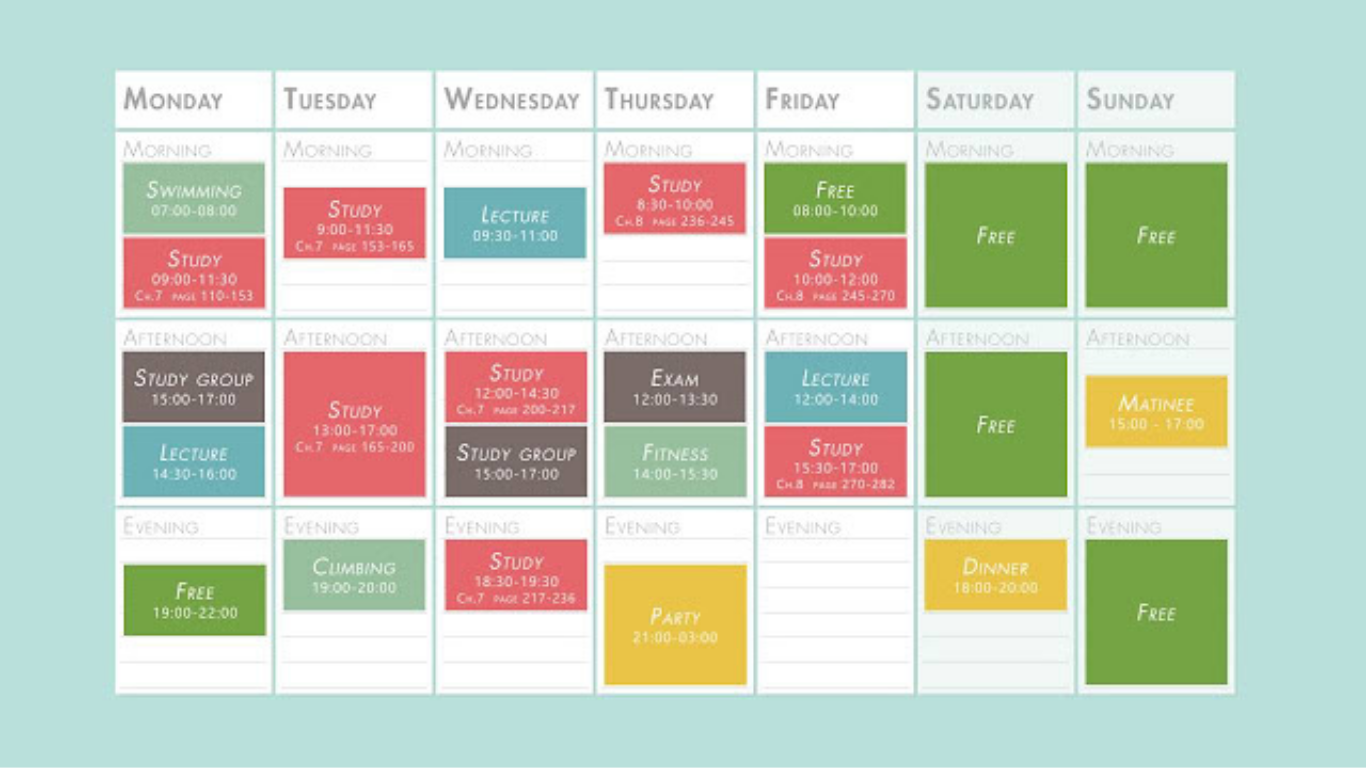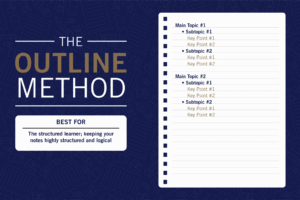
How to Make a Perfect Study Timetable: A Step-by-Step Guide for Students
Introduction: Why a Study Timetable Is Crucial
A study timetable isn’t just a routine—it’s a powerful tool that helps students stay organized, reduce stress, and improve academic performance. With a well-planned timetable, you can make the most of your day, balance school with personal life, and prepare effectively for exams. In this guide, we’ll walk you through how to create the perfect study timetable—from scratch to success.
1. Understand Your Current Routine
Before creating your timetable, you must know how you currently spend your time. Track a typical day or week:
- When do you wake up and sleep?
- What are your school/college timings?
- How much time do you spend on homework, meals, screen time, etc.?
📝 Tip: Use a simple table or app to log your activities for 2–3 days to spot patterns and free time.
2. Set Clear Academic Goals
Without goals, a timetable has no direction. Ask yourself:
- What do I want to achieve this month?
- Do I need to improve in certain subjects?
- Are there upcoming exams or assignments?
🎯 Examples of Goals:
- Score A+ in Mathematics
- Read 5 chapters of English novel
- Prepare for board exams in 3 months
3. Prioritize Your Subjects
Now list your subjects and rank them based on:
- Difficulty level
- Upcoming tests or deadlines
- Personal confidence in the subject
⏳ Spend More Time On:
- Difficult subjects
- Subjects with upcoming exams or poor past performance
4. Choose Your Productive Hours
Some students study better in the morning, others at night. Identify when you’re most alert and focused.
🧠 Morning Person? Schedule core subjects early.
🌙 Night Owl? Save revisions or reading for evenings.
5. Break Down the Day: Study + Rest + Fun
A perfect study timetable includes:
- Study time blocks (30–50 minutes)
- Short breaks (5–10 minutes)
- Meal & prayer times
- Leisure & sleep
🕒 Example Time Block:
- 4:00–4:50 PM: Study Science
- 4:50–5:00 PM: Short break
- 5:00–5:45 PM: Solve Math exercises
6. Use Tools to Create Your Timetable
You can use any format that works for you:
- 📅 Paper Timetable: Draw a weekly grid.
- 💻 Excel Sheet: Easy to customize.
- 📱 Apps & Tools: Google Calendar, Notion, MyStudyLife
💡 Pro Tip: Use color coding (e.g., Red for Science, Blue for English) to keep it visually appealing.
7. Sample Timetables for Different Students
🏫 High School Student (Evening Study Plan)
| Time | Activity |
|---|---|
| 4:00 – 4:45 PM | Mathematics Practice |
| 4:45 – 5:00 PM | Break |
| 5:00 – 5:45 PM | English Reading |
| 6:00 – 7:00 PM | Tuition / Homework |
| 8:00 – 8:30 PM | Dinner / Rest |
| 8:30 – 9:30 PM | Science Revision |
| 9:30 – 10:00 PM | Prepare for next day |
🎓 College Student (Flexible Routine)
| Time | Activity |
|---|---|
| 9:00 – 10:00 AM | Online Lecture |
| 11:00 – 12:00 PM | Reading + Notes |
| 2:00 – 3:00 PM | Assignment Writing |
| 4:00 – 5:00 PM | Group Study / Lab Work |
| 7:00 – 8:00 PM | Subject of Choice |
| 10:00 – 10:30 PM | Review + Planning |
8. Tips for Sticking to Your Timetable
📌 Here’s how to make your timetable a long-term habit:
- Set reminders or alarms
- Avoid distractions (phones, social media)
- Reward yourself after completing tasks
- Keep a study journal or checklist
- Be flexible—if you miss a slot, reschedule it
9. Conclusion: Plan Smart, Study Smart
Creating a perfect study timetable isn’t about strict rules—it’s about smart planning and consistency. By understanding your goals, strengths, and routine, you can design a schedule that works for you. Stick with it, adjust when needed, and remember: effective time management is one of the best skills you can develop as a student.
Would you like a printable timetable template, editable Excel version, or a PDF guide to go along with this article?



